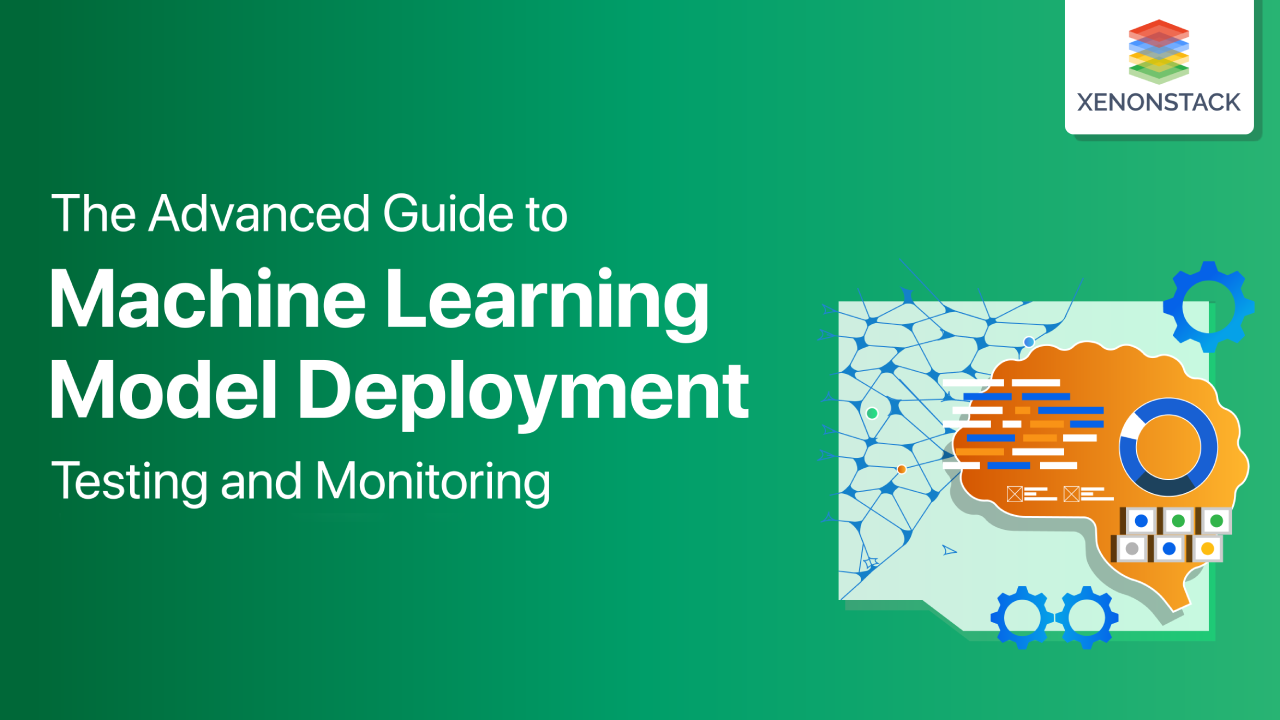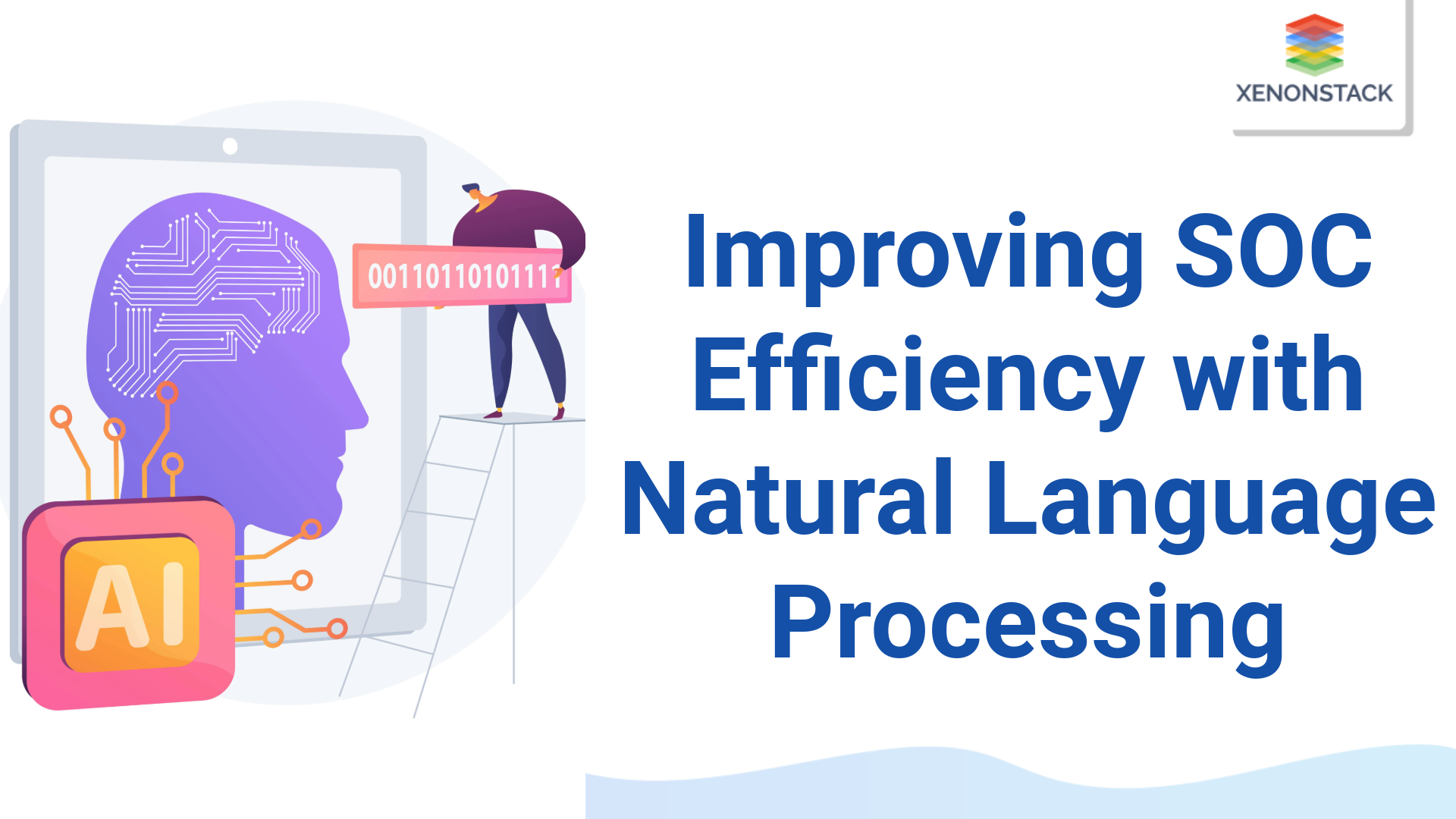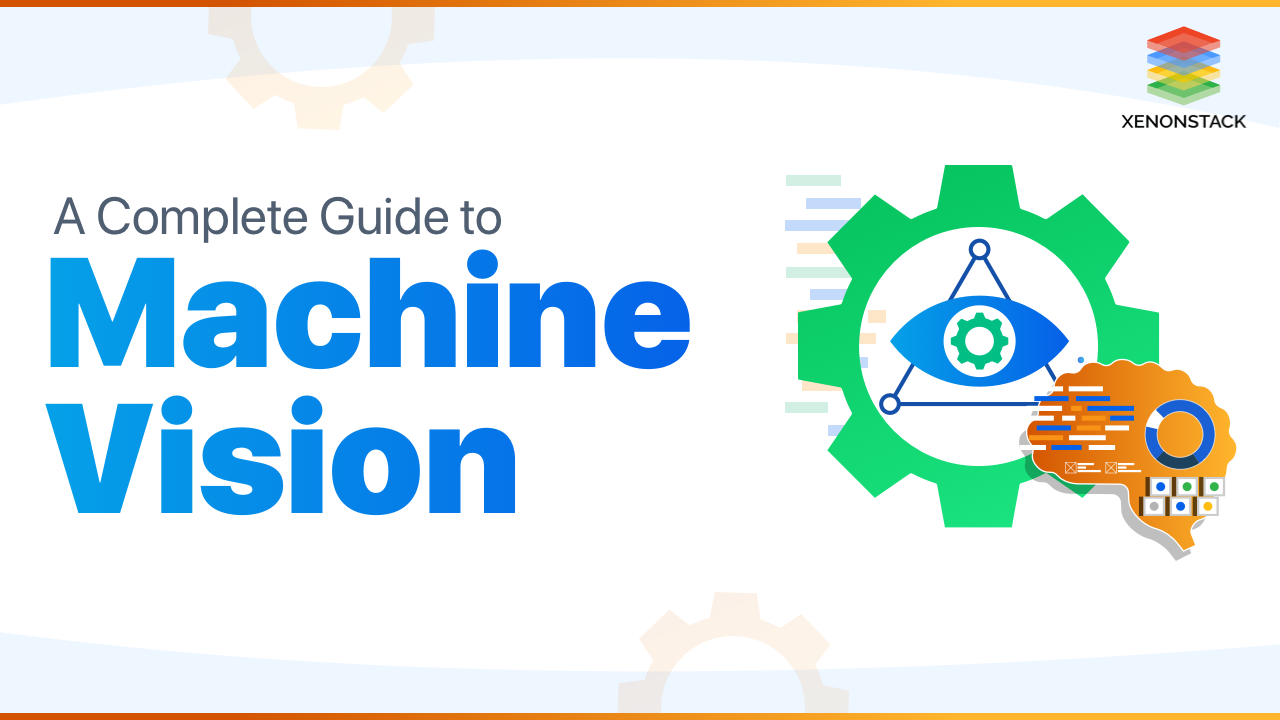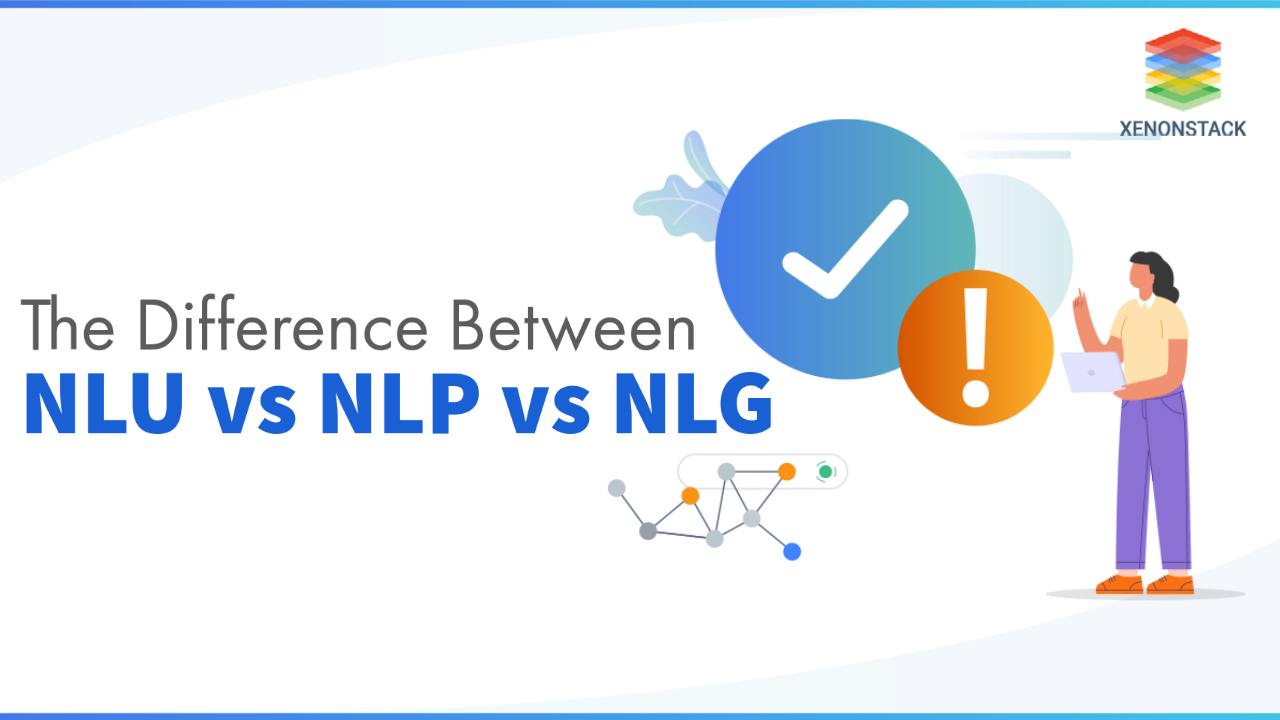
Machine Learning Overview
For many years, developers and businesses have understood how important it is to test the software before deployment. Before it can interface with the customers, the business wants its software to function as expected. With the increasing demand for ML, it is essential to expect the ML model deployed into production to be tested correctly.
After implementing the previous steps of the Machine Learning Pipeline, which are collecting the correct data, data preprocessing, feature engineering, feature selection, training, and deployment to production, the last step is testing and monitoring the model predictions and model performance. When testing these models, many other problems can occur once the live data enters the model.
The availability of tools for every stage, various in-house tools are available to ease the model building and deployment. Click to explore about our, End-to-End Managed Machine Learning Platform
Understanding ML Model Testing
Various steps occur throughout the whole ML pipeline to monitor the ML model after deployment. The diagram below shows an ML system's end-to-end process, showing when different types of methods are needed for testing. The above diagram shows how model testing is implemented throughout the model's development process, like ML infrastructure tests, quality tests, and model performance tests. Once satisfied with the testing results, prediction monitoring companies can fully deploy the models to the customers, but this does not mean testing is completed here. The monitoring and testing processes need to be running continuously so that the company can ensure that its model provides continuous value even after some time.
Advantages of Testing & Monitoring
Machine learning model testing is an underdeveloped area of exploration compared to software testing. Many organizations need help to understand what to test to check the model. The importance of testing and monitoring the model is as follows:
The procedure of evaluating the wellness of models performance against the real data. Click to explore about our, Machine learning Model Validation Testing
Best ML Model Testing Methods
The problems stated above will require different assessments, such as different types of skew tests, live data checks, performance monitoring, and model prediction.
Here is the method for testing and monitoring the model.
Live Data Checks
Live data checks are used to check if one gets the data the same as expected in the live environment. One needs to monitor the data to ensure the model is working. These tests involve checking how input for variables matches what the model expects.
Skew Tests
This test will help to give an idea of how representative the used training data is of the live data. One of the simplest and most common forms of this test involves monitoring the missing data in the live data compared to the training data. The next concern is the percentage of non-zero values. The chi-squared test can evaluate non-zero values and missing data. It helps determine if two different proportions are similar. Proportions could be mean, like the proportion of missing values in the data on which the model is trained compared to the proportion of missing data in the live data.
Build transparent and accurate deep learning visualize the model to gives accurate data to perform further actions on it. Click to explore about our, Machine Learning Model Visualization
Why is it essential to update the ML model?
After monitoring the model, identifying significant concept drift, and realizing it needs improvement, it's time to deploy the updated model. This process is part of the ML model's lifecycle, so the best practice is to make it as smooth as possible.
A/B testing for ML models. Using A/B testing, one can evaluate whether the newer model performs better in scenarios. Additionally, A/B testing can help avoid issues while deploying a new model. So, one can start by directing some small percentage of the new model and evaluate performance.
Automated Retraining
Once a steady ML model is deployed and one has to go through the process of deploying and retraining the model again, it is time to automate it. However, in some scenarios where data gets changed quickly, it would be riskier for the online learning approach. In this case, the model gets updated whenever new examples are available.
Machine learning and data science can help organisations become more productive and fulfil its goal of aiding customers. Click to explore about our, Machine Learning Trends for Businesses
Best ML Model Testing Tools
The below-mentioned are the best machine learning tools:
Neptune
Neptune is metadata that stores MLOps built for productions and research teams that run many experiments.
When it comes to monitoring ML models, organizations use them for
- Hardware metrics display
- model testing, evaluation, and training.
- For log performance metrics.
Its flexible structure allows organizations to organize production and training metadata as they want. Users can also build dashboards that display the hardware metrics and performance they want to see to better organize model monitoring information.
Arize AI
Arize AI is a machine learning model monitoring platform that can help troubleshoot production AI and boost the project's observability.
Arize AI has the following features:
- Automate monitoring
- Simple integration
- pre-launch validation.
WhyLabs
WhyLabs is an observability and model monitoring tool that helps an organization monitor ML applications and data pipelines. This tool helps to:
- Detect model performance and successfully identify issues in the model.
- Debug models and data issues using built-in tools.
- Use popular frameworks and libraries, such as PageMaker, MLflow, and Spark.
Evidently
It is an open-source ML model monitoring system. This tool helps to analyze ML models during validation and production monitoring. Six reports are available in this tool, which are:
- Regression Model performance
- Numerical Target Drift
- Classification model performance
- Data Drift
- Categorical Target Drift
Next Steps for Testing Model Deployment
Talk to our experts about deploying and testing machine learning models and how industries and various departments leverage agentic workflows and decision intelligence to become decision-centric. By utilizing AI, we automate and optimize IT support and operations, enhancing efficiency and responsiveness.


